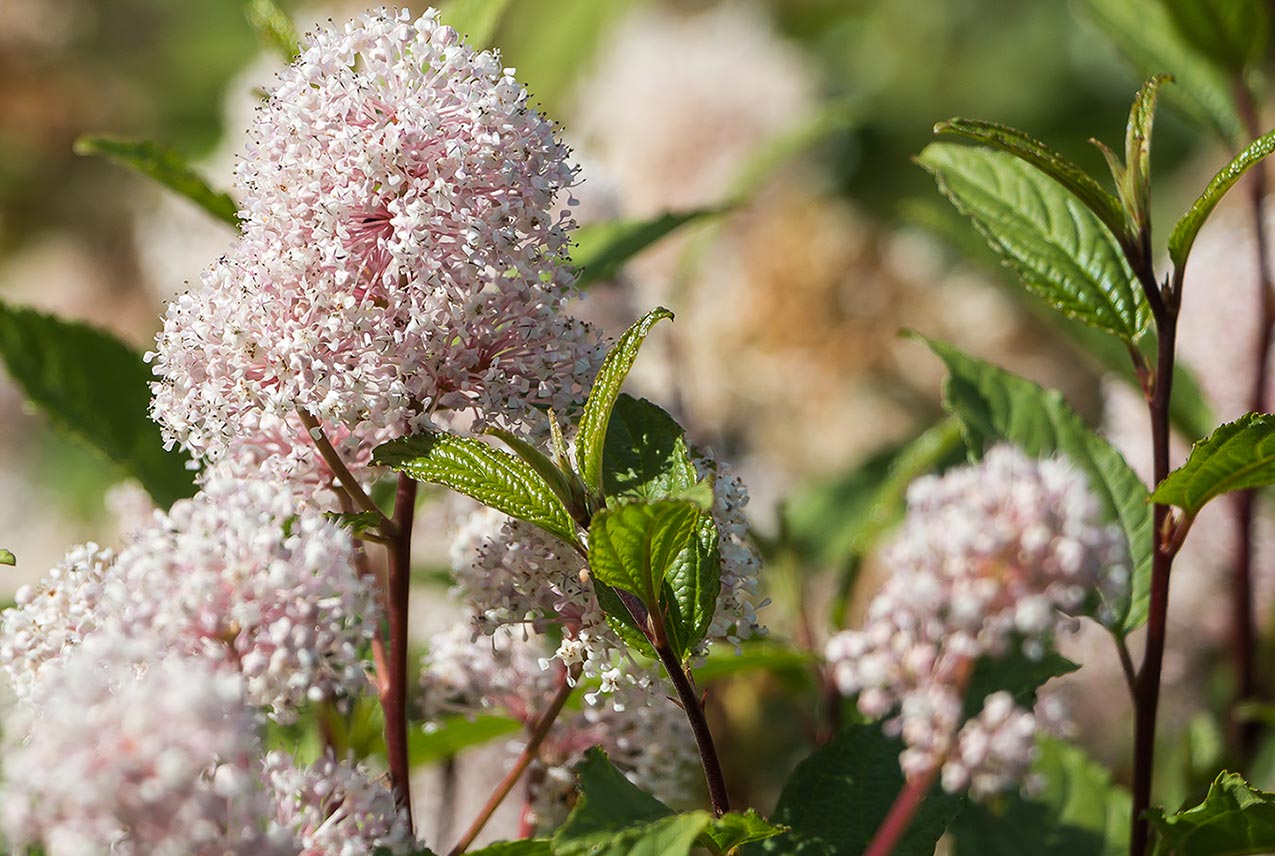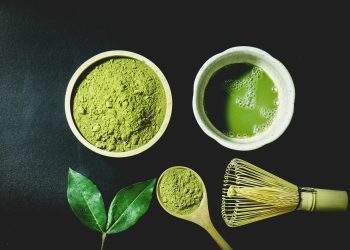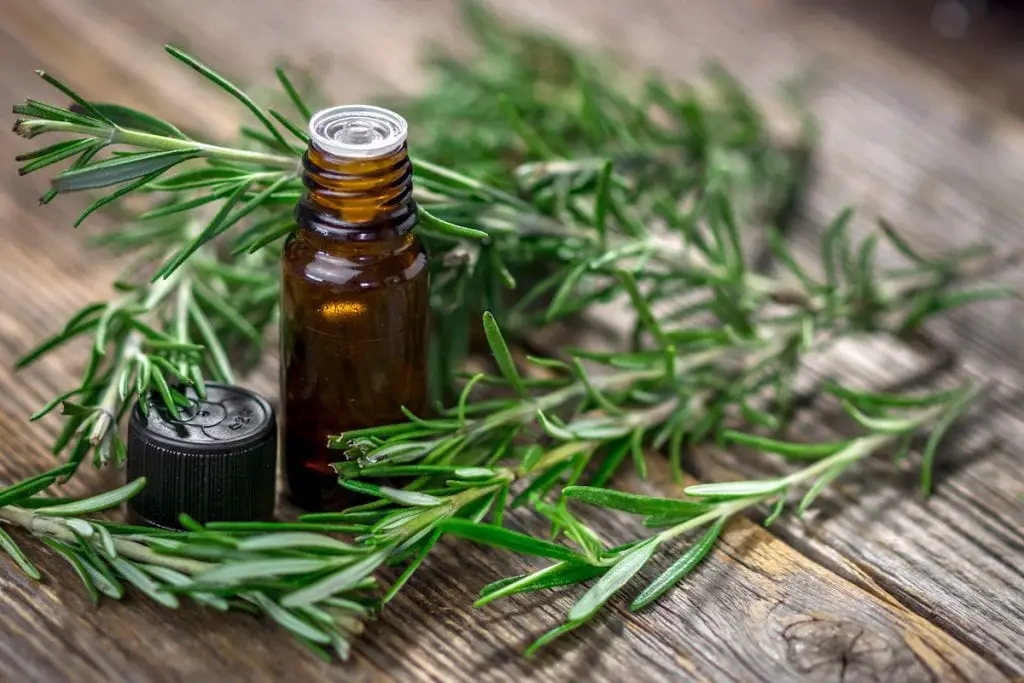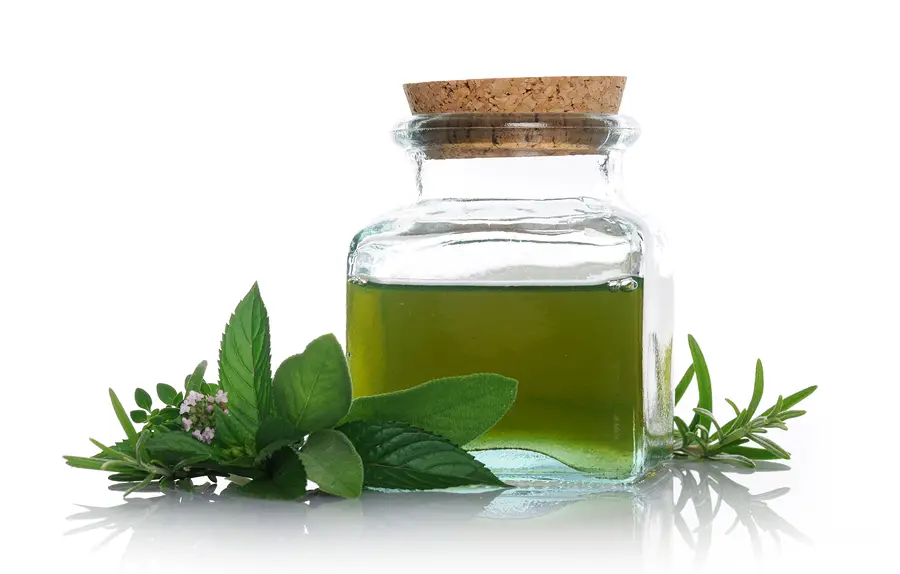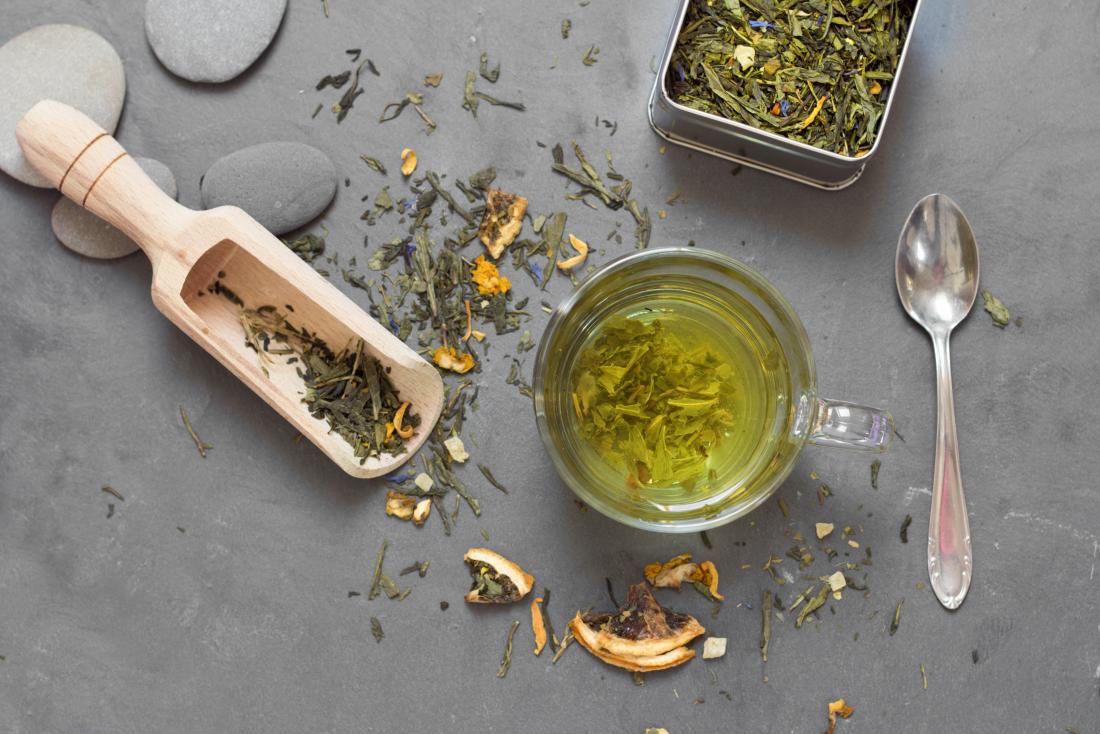If you have trouble sleeping but can’t quit tea, consider the red root a caffeine-free substitute.
Red root tastes similar to black tea. People used the red root as a substitute for tea during the American Revolution when tea was rare.
While consuming red root as an alternative to tea, most people are unaware of its other uses and health benefits.
Today, we will discuss some of the benefits and uses of red root or red beetroot, along with some side effects it might have. [1]
What is Red Root?
Red root is a tiny shrub with a long history.
Its scientific name is Ceanothus Americanus. Red root is also known as New Jersey Tea, red beetroot, bloodroot, etc. [2]
Red root is named for its deep crimson origin. The plant contains white, cream, pink, and purple flowers. It grows wild in Eastern North America, from Canada to Texas.
American Dispensatory mentioned red root in its 1898 version, but the plant was utterly overlooked by most of the other herbal texts from that era.
The plant grows between 20 and 40 inches in height, but its roots are pretty strong and very deep, allowing it to grow back after a wildfire attack.
Benefits and Uses of Red Root
We must say, the red root is relatively unused and less appreciated as a medicinal herb. Instead of just being a cheap tea, it could be used as a home remedy for some physical issues. [1]
You can learn many beneficial uses of red root from the Native Americans. They used the herb to cure digestive troubles, lung problems, diarrhea, and the common cold. You can also use it to treat fever, cold, to stop nose bleeding, and many more. [2]
1. Red Root May Help Treat Lymphatic System Disorder
People often overlook a healthy lymphatic system’s key to your immune system. [3]
The flawed lymphatic system leads to diseases like sinusitis, arthritis, tonsillitis, and even more severe health issues like cancer and heart disease.
Having a proactive approach that supports your lymphatic system can boost your immunity. A cup of red root tea could be an easy way to provide that support.
Red root is considered an adequate and cheap remedy for lymphatic system disorder. It helps to drain the lymph gland, elevating its ability to remove waste tissues from the infected area.
The herb also helps increase the transfer of nutrients from the blood to the lymph across the capillary cells and stimulates fluid extraction from congested areas.
2. It may Relieve Respiratory Complaints
Red root’s strong expectorant properties help cure respiratory sickness.
Native Americans used the herb to cure respiratory diseases such as cough, whooping cough, asthma, and bronchitis.
Red root tea thins the mucus, allowing it to be removed smoothly from the respiratory tracts.
You can use the red root as an antispasmodic. For example, a chronic cough involves muscle spasms that you can soothe using red roots.
The herb also calms Inflammation by reducing the severity of a cough. It lets the over-sensitive tissues back to normal.
Read More: 13 Useful Home Remedies for Cough That’ll Work
3. Red Root Can Build Antioxidant Defense
Your body’s cells can suffer from a severe attack of oxidative stress, which can weaken your antioxidant defense. [1]
Oxidative stress could be a chronic disorder for people who have cancer.
Beetroot or red root is rich in antioxidants. Adding red root tea or beetroot as a salad to your regular food can strengthen your antioxidant defense.
4. It may Provide a Healthy Digestive System
Red root is an excellent remedy to treat digestive disorders.
It can relieve complaints related to the digested systems, such as diarrhea, indigestion, gas, bloating, irritable bowel, and abdominal pain.
Homeopathic practitioners also consider red root as a treatment for painful menstruation. [1]
Its antispasmodic properties let the digestive tract muscles work smoothly.
You can take the red root as tea or as a tincture to cure digestive disorders.
5. Red Root may Help Detoxify the System
Are you tired of junk foods and planning to have a detox drink?
If yes, the red root could be an excellent choice.
Your lymphatic system needs detoxification as it gets overloaded while removing toxic elements from your body.
Red root is crucial for your internal organs, such as the kidney and, most importantly, the liver.
Red root tea is excellent for mild detox. You can also have the tincture if you need more help.
6. It can Reduce Inflammation
Inflammation is your body’s natural self-protective response after a specific injury to remove harmful stimuli and start healing. [1]
Although it’s considered beneficial in normal circumstances, failure to heal the injury or disease can cause chronic Inflammation.
Red root or beetroot extracts contain potential anti-inflammatory agents, meaning you can reduce Inflammation by consuming them regularly.
Read More: 13 Essential Oils for Inflammation & How to Use Them
7. Red Root Helps Fight Skin Problems
You’re more likely to have acne and post-acne scars if you have oily skin.
Red root has astringent and antibacterial properties that help soothe acne, scars, blemishes, and minor wounds and reverse the signs of aging.
While making a cup of red root tea for yourself, leave a small amount and use it as a cleanser later. This way, red roots can take care of you inside and outside.
Read More: 33 Best Essential Oils for Acne That You Should Try!
8. You may Use Red Root as a Mouthwash
Because of its antibacterial properties, you can use the red root solution as a mouthwash.
Its astringent properties fight bacteria present in your gum. Red roots can relieve the first stages of gum bleeding, preventing them from becoming severe.
You can also use red roots to prevent dental plaque, a significant contributor to gum disease.
Read More: 19 Easy Dry Socket Home Remedies
9. Red Root may Give Comfort from Headache
Sometimes, headaches can be so painful that it becomes difficult to relax and sleep.
The red root contains relaxant and sedative properties that help soothe painful headaches. In addition, its nervine qualities relieve the nerves that cause the pain.
Having a solid dose of red root tincture can work as a sedative, thus allowing you to sleep well.
Cold or sinus infections cause a headache sometimes. In this case, the red root could be an extra help as it soothes the congestion creating the pain while directly working on it simultaneously.
Read More: Best Essential Oils for Meningitis Instant Relief & How to Use
10. It Helps Shrink Hemorrhoids
Any herb with an astringent property can be an effective treatment for hemorrhoids.
Instead of rushing to the doctors, you can often treat your hemorrhoids at home. [4]
While most commercial astringents can only be used topically, you can use the red root to relieve both internal and external hemorrhoids.
You can drink red root tea, tincture, or tablets daily to heal internal hemorrhoids. Then, apply excellent red root tea to your external hemorrhoids, reducing pain, swelling, and bleeding.
Read More: Can You Use Coconut Oil for Hemorrhoids?
11. Red Root may Stop Nosebleeds
Because of the astringent properties, red root acts as an effective remedy for nose bleeding.
Red root tincture can confine the broken capillary and slow the bleeding.
You can use it to stop your nose bleeding in several ways. First, prepare red root tea, tincture, or concoction. Then, soak a cotton ball and gently press it into the nasal cavity. You can also take a small pinch of red root powder and inhale it into the nose.
How to Consume Red Root?
Before you use the red root herb, you need to know how to take it. [1]
You can prepare a red root drink just like how you make tea or make a tincture.
What You Need:
- Red root herb. You can find them at any health food store or online.
Direction to Use:
- Prepare the tea from the red root leaves and brew it like any regular tea.
- Put 6 to 12 drops of the red root juice into a glass of water if you want to consume it as a tincture. Mix it into juice if it tastes terrible.
- Although there’s no recommended daily dose, you should not take it more than three times daily.
Side-Effects of Red Root
Like other herbs, the red root is also considered safe for many people. So far, no harmful side effects have been reported. [2]
However, like every other herb, the red root might not suit everyone, and should follow some precautions while consuming it.
- Pregnant and breastfeeding women are always on top when forbidding any herbal remedy. But unfortunately, there isn’t enough research on the effects of red roots on the unborn child or infant.
- You should not consume red roots if you have any thinning blood medication. The herb might contain coagulant properties that make your medicine unproductive.
- Red root might also prevent iron absorption. So, if you depend on iron tablets, you should not take the herb.

Bottom Line
Herbal products are always my favorite because of their harmless nature. Red root is also considered a safe medication, with some exceptions.
Note that natural products aren’t always safe and should be taken moderately. For example, although the red root is an adequate remedy for many diseases, you should not exceed the recommended doses.
I hope you found this article helpful. Please let us know your opinion in the comment section below.
Read Next: Amazing Health Benefits of Incense That You Didn’t Know.
